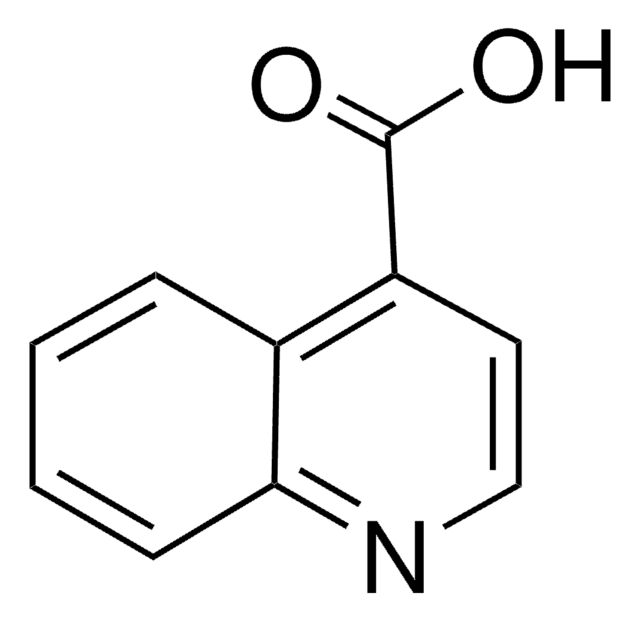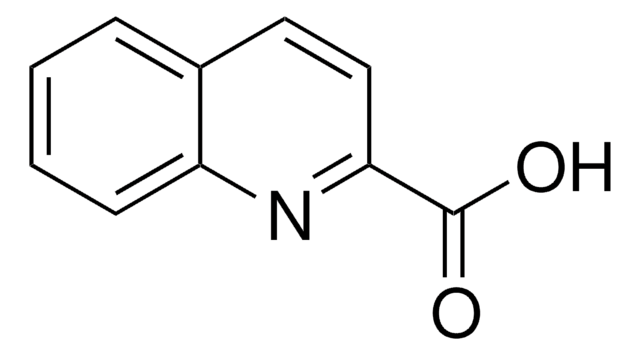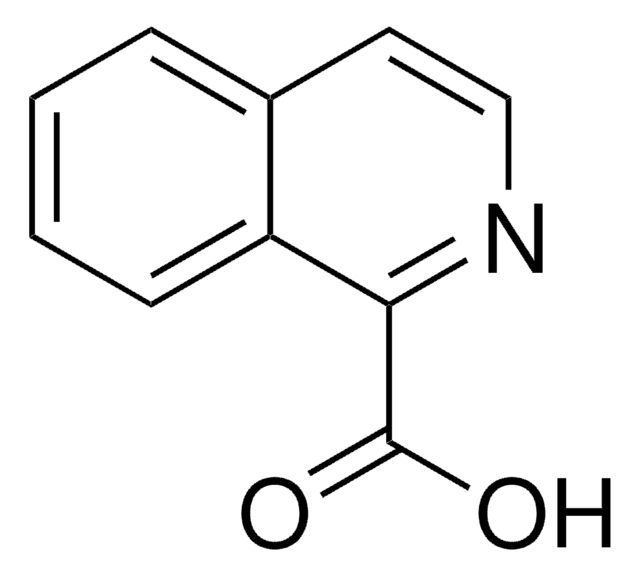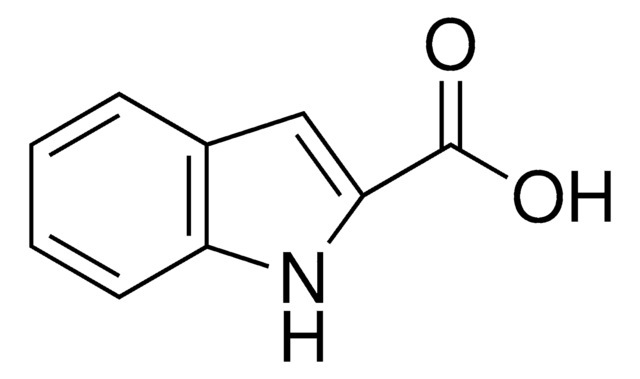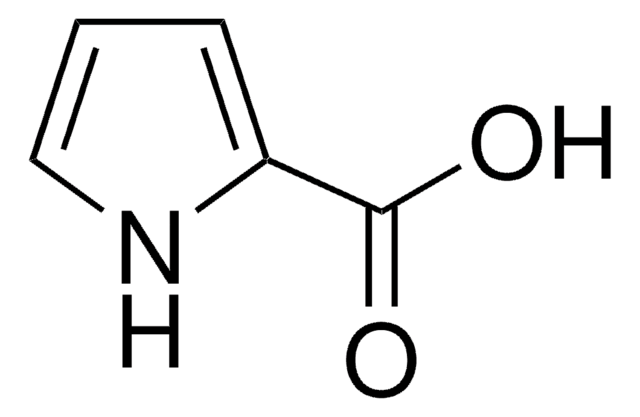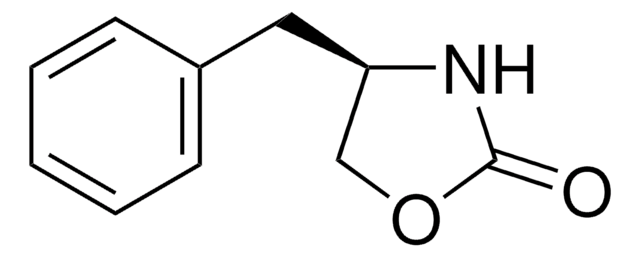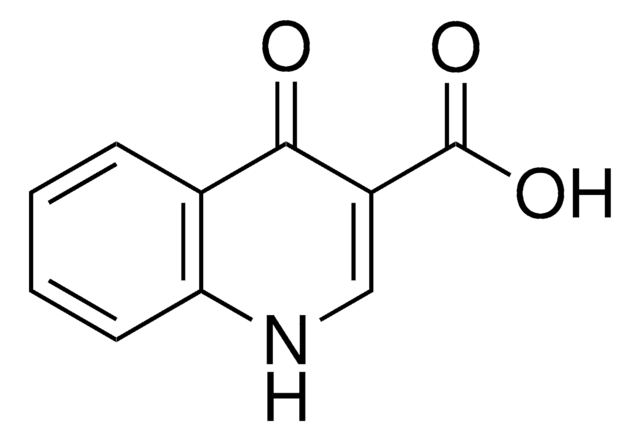177148
3-Chinolincarbonsäure
98%
Anmeldenzur Ansicht organisationsspezifischer und vertraglich vereinbarter Preise
Alle Fotos(1)
About This Item
Empirische Formel (Hill-System):
C10H7NO2
CAS-Nummer:
Molekulargewicht:
173.17
Beilstein:
126542
EG-Nummer:
MDL-Nummer:
UNSPSC-Code:
12352100
PubChem Substanz-ID:
NACRES:
NA.22
Empfohlene Produkte
Qualitätsniveau
Assay
98%
mp (Schmelzpunkt)
277-280 °C (lit.)
Funktionelle Gruppe
carboxylic acid
SMILES String
OC(=O)c1cnc2ccccc2c1
InChI
1S/C10H7NO2/c12-10(13)8-5-7-3-1-2-4-9(7)11-6-8/h1-6H,(H,12,13)
InChIKey
DJXNJVFEFSWHLY-UHFFFAOYSA-N
Suchen Sie nach ähnlichen Produkten? Aufrufen Leitfaden zum Produktvergleich
Allgemeine Beschreibung
The antibacterial activity of 3-quinolinecarboxylic acid derivatives were evaluated.
Lagerklassenschlüssel
11 - Combustible Solids
WGK
WGK 3
Flammpunkt (°F)
Not applicable
Flammpunkt (°C)
Not applicable
Persönliche Schutzausrüstung
Eyeshields, Gloves, type N95 (US)
Hier finden Sie alle aktuellen Versionen:
Besitzen Sie dieses Produkt bereits?
In der Dokumentenbibliothek finden Sie die Dokumentation zu den Produkten, die Sie kürzlich erworben haben.
Kunden haben sich ebenfalls angesehen
M P Wentland et al.
Journal of medicinal chemistry, 27(9), 1103-1108 (1984-09-01)
A series of novel 3-quinolinecarboxylic acid derivatives have been prepared and their antibacterial activity evaluated. These derivatives are characterized by fluorine attached to the 6-position and substituted amino groups appended to the 1- and 7-positions. Structure-activity relationship studies indicate that
Antonello Mai et al.
Journal of medicinal chemistry, 49(23), 6897-6907 (2006-12-13)
Starting from a yeast phenotypic screening performed on 21 compounds, we described the identification of two small molecules (9 and 18) able to significantly reduce the S. cerevisiae cell growth, thus miming the effect of GCN5 deletion mutant. Tested on
Ximei Liang et al.
Ecotoxicology (London, England), 24(7-8), 1566-1573 (2015-04-22)
The presence of antibiotics including norfloxacin in the aquatic environment may cause adverse effects in non-target organisms. But the toxic mechanisms of fluoroquinolone to fish species are still not completely elucidated. Thus, it is essential to investigate the response of
Unser Team von Wissenschaftlern verfügt über Erfahrung in allen Forschungsbereichen einschließlich Life Science, Materialwissenschaften, chemischer Synthese, Chromatographie, Analytik und vielen mehr..
Setzen Sie sich mit dem technischen Dienst in Verbindung.